The animal category is a tough one. Yes, one can make a botanical amber perfume using cistus and labdanum resinoid and other sexy plant based naturals. Yes, it is very good. But animal concentrates bring a different musky element to the game, like bringing Prince (R.I.P) to the party to sing Kiss, after Tom Jones covered it. Nothing against Tom Jones’ version but come on, someone is going to get pregnant when Prince sings it.
Back to castoreum. I remember beavers tearing through our farm, eating trees like they were snacks. I took it personal as a kid because poplar trees filled our property and were the source of poplar buds for our much needed Balm of Gilead ointment (not the true Gilead, of course). It was by no means a reason to trap the animal but they did indeed become an invasive species in Canada. (I secretly suspect the choice of the beaver as our national Coat of Arms was a slight on the Queen who had a grip on us for too long and that it wasn’t so much to do with the Hudson’s Bay Trading company). I ruminated a long time over the whole animal extract equation and then got off the fence. Canadian castors are trapped as a measure of animal control so this is my way of using an otherwise wasted product is to make them into a usable perfumery ingredient. I incorporate a very high ratio of castors to oil, using only enough oil to create a thick concentrate for a sensual, musky perfume extraction. I’m heavy handed like this with all of my tinctures, extractions and macerations.
I began this castoreum oil in 2014, only two years before emigrating to California. My big glass jars of this precious perfume ingredient traveled many miles to the sunny state and was carefully guarded against heat and clumsy movers. I’m proud of this work because it really showcases both my knowledge in perfumery but also tells the tale of perfume history I find in my antique books.




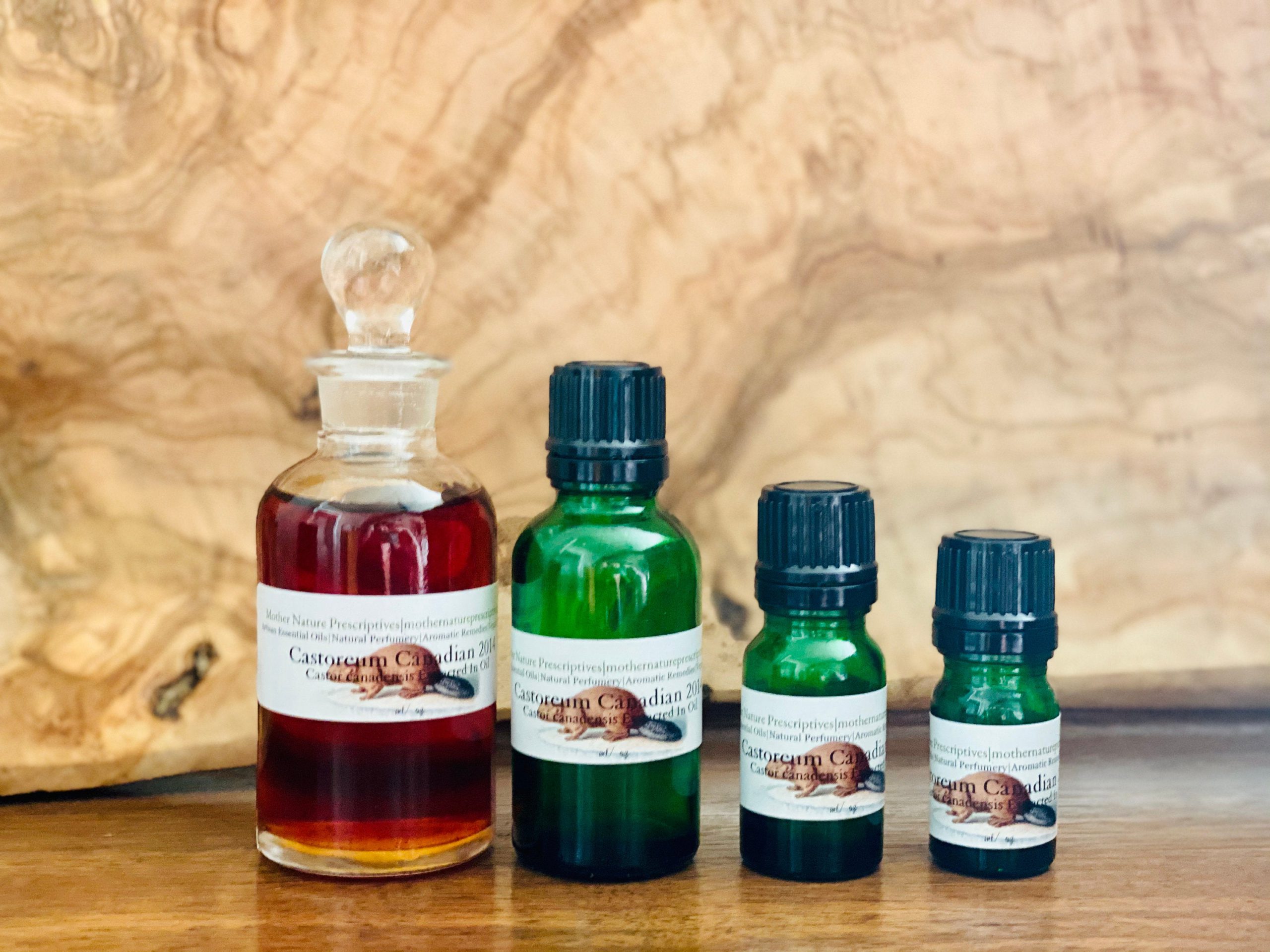
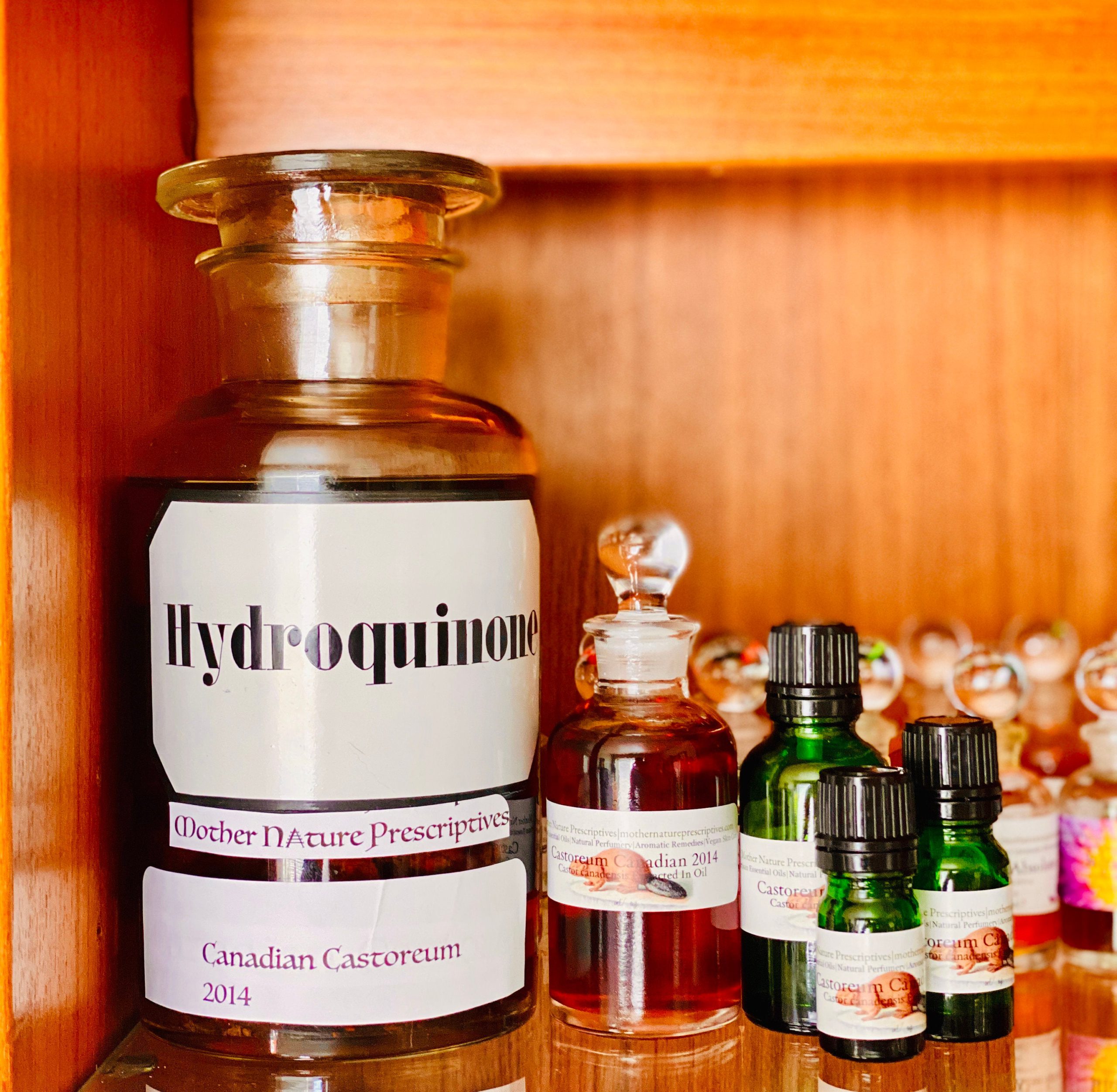

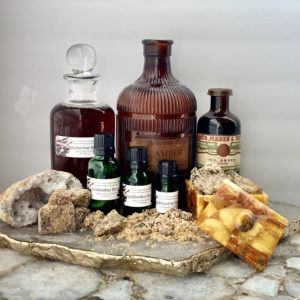
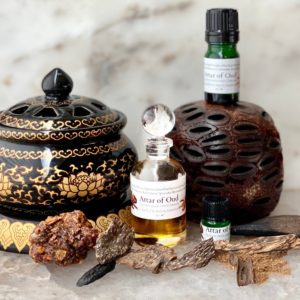

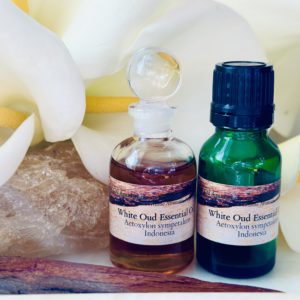
Reviews
There are no reviews yet.